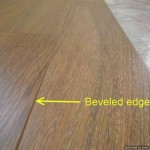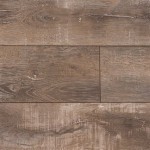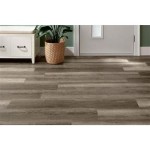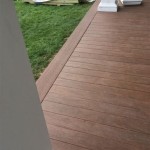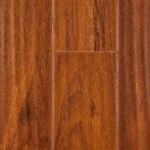Reclaimed Barn Wood Flooring Cost: Essential Considerations
Reclaimed barn wood flooring exudes a charming rustic appeal and adds character to any space. However, understanding the cost associated with this sustainable flooring option is crucial before making a decision. This article explores the essential aspects that influence reclaimed barn wood flooring cost, empowering you with the knowledge you need for informed budgeting.
Type of Wood Species
The wood species used in reclaimed barn wood flooring significantly impacts its cost. Oak, the most common choice for reclaimed wood, offers a balance of durability, aesthetic appeal, and affordability. Other species like maple, pine, and walnut are also available and vary in price based on their rarity and desirability.
Age and Origin
Older reclaimed barn wood, especially from pre-industrial buildings, commands a higher price due to its historical significance and unique patina. The geographical origin of the wood also plays a role, as transportation costs and availability influence the overall cost.
Grade and Condition
Reclaimed barn wood is graded based on its quality and condition. Select grade wood with minimal imperfections and uniform color commands a premium. Common grade wood, which may have more visible knots and saw marks, is typically more affordable.
Installation Costs
The installation process for reclaimed barn wood flooring can be more labor-intensive than traditional flooring materials due to its uneven surface and the need for proper acclimation. The cost of installation will vary depending on the square footage of the area, the complexity of the layout, and the skill level of the installer.
Finish and Protection
Reclaimed barn wood flooring can be finished with various stains, oils, or sealers to enhance its appearance and protect against damage. The choice of finish and the number of coats applied can affect the overall cost.
Additional Considerations
Beyond the primary cost factors mentioned above, there are additional considerations that may impact the total expense. These include:
- Shipping costs: The distance from the source of the reclaimed wood to the installation site can add to the overall cost.
- Availability and demand: High demand for reclaimed barn wood can lead to increased prices.
- Customization and special orders: If you desire specific patterns or finishes, it may result in additional costs.
Conclusion
Reclaimed barn wood flooring offers a unique and sustainable flooring option that adds warmth and character to any space. Understanding the essential cost factors discussed in this article will enable you to make informed decisions and budget effectively. By considering the type of wood species, age and origin, grade and condition, installation costs, finish, and additional factors, you can create a beautiful and durable floor that complements your desired style and budget.

Antique Reclaimed Wood Flooring Olde Ltd

Antique Reclaimed Flooring Barn Wood Cochrans

Mountain Lumber Company Reclaimed Wide Plank Flooring Beams And Wall Coverings

Reclaimed Wood Flooring Recycled Antique
Why Is The Cost Of Reclaimed Wood Flooring Higher Than New Quora

Ping S For Reclaimed Wood Flooring Whole Log Nc

Reclaimed Hardwood Floors Are They Worth It Renaissance

Here S How Much Hardwood Flooring Costs In 2024 Angi

Pros And Cons Of Reclaimed Lumber For Wood Flooring Charlotte

Light Rustic Barnwood Flooring Tallest Tree
Related Posts

